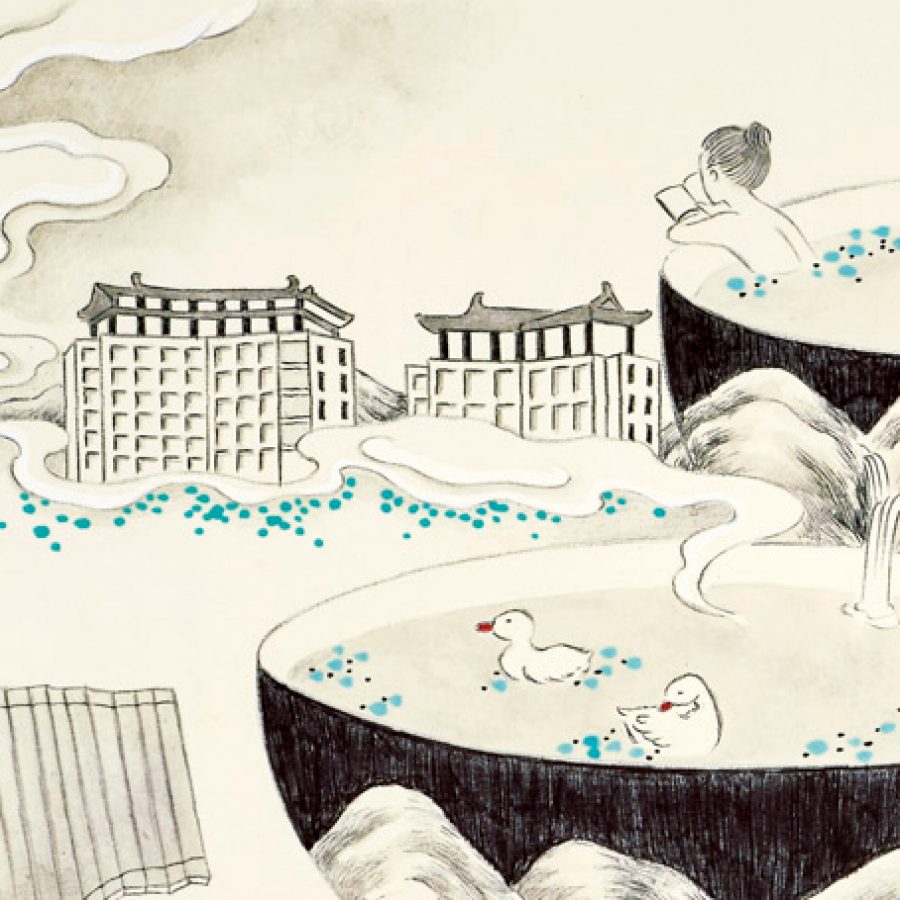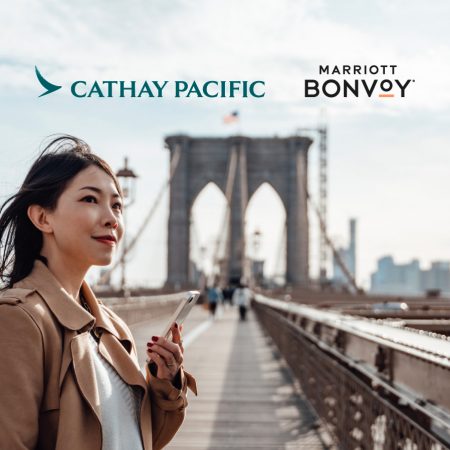Philosophy with soup: where confucius' ideas live on

You don’t expect a tour guide to take you to the place where he will one day be buried.
This was no macabre diversion, however. We were in the Cemetery of Confucius in Qufu, in eastern China’s Shandong province. They have been burying the dead here since the Zhou dynasty (1050-771 BC). Among them is one of the world’s greatest philosophers, Confucius – also Qufu’s most celebrated son. In what is the largest family cemetery in the world, they are still burying his descendants, the Kongs.
My guide Frank is one of the 75th generation. The maid at my hotel belongs to the 74th. This is not unusual. At least 20 per cent of Qufu’s citizens are direct descendants of Confucius. More than 100,000 of his relatives have been interred in the cemetery.
This is just one way in which the ancient past permeates the present in modern China. Confucius lived 2,500 years ago, but his thinking lives on in every corner of Chinese society.
This was evident even before I arrived in Qufu. At Shanghai’s gleaming Hongqiao Railway Station I noticed a sign pointing to the ‘loving service area’. It’s not a comic mistranslation but an accurate rendering of the Confucian concept of a ‘baby changing area’ in the West. Whereas the Western phrase points to the practical purpose of the room, the Chinese version focuses on the Confucian family values that regulate duties across the generations.
Three and a quarter hours later, the 330 kilometres-an-hour trains of the Jinghu High-Speed Railway delivered me to Qufu, a small town of 60,000 people that is rapidly expanding to the east, where the new station sits surrounded by cranes. Passing the massive Sincere Garden housing development, I notice its advertising slogan: ‘Live in Confucianism, Life is Harmony.’ It’s marketing speak but it shows how Confucian ideals still resonate. ‘The Chinese people like harmony,’ the host at my hotel told me. Sinologists support this, arguing that there is a much greater emphasis on interpersonal relations in China than in the more individualistic West.

Illustration: Joey Leung
In the centre of the town, the ultra-modern soon gives way to the ancient. At its heart is a Unesco World Heritage site, which includes the Temple of Confucius, the cemetery and the Kong Family Mansion.
The first temple on the site was built to commemorate Confucius in 478 BC, the year after his death. Emperors throughout China’s history have come to the site to offer sacrifices to the ‘Great Sage’, passing through the central arches of several gates reserved for royalty. Civil visitors would enter through the arch to the left, military ones to the right, reflecting the Confucian belief in proper hierarchy and social order.
The complex grew over the centuries, with specific buildings often being rebuilt after a fire, a constant risk for the primarily wooden constructions. The current layout dates to around the 15th century and extends across 14 hectares, with 104 buildings and over 1,250 ancient trees.
Every day before the temple opens, a short ceremony takes place outside its main gate representing the six arts that Confucius, as a nobleman, would have mastered: rites, music, archery, charioteering, calligraphy and mathematics. Though of dubious authenticity, it has a certain charm and is preferable to the nearby Confucius Six Arts City, a 21st century educational theme park in a state of premature decay.
Neighbouring the temple is the family mansion, which was built by 56th generation Kongs during the Ming dynasty (1368-1644) to enable them to maintain the temple. It too has been rebuilt and rebuilt. The last of the Kongs to live there – the 77th generation – fled during the civil war to follow Chiang Kai-shek to Taiwan, where the head of the family still resides.
The cemetery is the simplest and most moving of the three sites, covering 183 hectares, surrounded by a perimeter wall nearly 6,000 metres long. Not all of Confucius’ descendants can be buried here, however. Criminals are excluded, as are those who have renounced Confucianism to become Daoist priests or monks. Daughters must also be laid to rest elsewhere, since they have joined the families of their husbands, while babies are also kept out.

Illustration: Joey Leung
Despite Confucius’ emphasis on ceremony, the tombs themselves are simple and humble, usually just unmarked mounds of earth that have become grassy domes. Confucius has a much larger one than most, but that is it. The stone that stands besides it is simple and modest, paying homage to the ‘teacher of ten thousand generations’.
This contrasts with the statue of Confucius near his reputed birth place in Nishan, 30 kilometres southeast of Qufu. This quiet place of learning and scholarship is dwarfed by the massive figure of the master that looks as though it has only just been built. It is curiously unmentioned online and in guidebooks. It is typical of modern China, where construction moves at a faster pace than the world can keep up with.
All three of the historical sites suffered a lot of damage during the Cultural Revolution, which sought to destroy the ‘Four Olds’: old customs, old culture, old habits and old ideas. And yet in recent years the Chinese Communist Party has come to embrace Confucius – or Kongzi, ‘Master Kong’, as he is best known. In 2004 it established Confucius Institutes to promote the language and culture abroad. In China, where collective memory reaches back millennia, tradition can be razed to the ground but its roots are so deep, it always grows back.
Despite its significance, Qufu has only recently been promoted as a tourist destination. Its only luxury hotel, the Shangri-La, is just three years old. Here, they offer perhaps the most surprising Confucian experience in town: Kong family cuisine.
Last year, the government started work on an application to Unesco to have the cuisine recognised as part of the world’s intangible cultural heritage. This has raised eyebrows since it is not one of the ‘Eight Culinary Cuisines’ recognised in China. What’s more, Confucius never placed much emphasis on eating. ‘He
who aims to be a man of complete virtue in his food does not seek to gratify his appetite,’ he said.
Nonetheless, the Analects of Confucius also tells us that the master demanded that food was served and prepared properly. ‘He did not eat meat which was not cut properly,’ we are told, ‘nor what was served without its proper sauce’. More peculiarly, ‘He was never without ginger when he ate.’

Illustration: Joey Leung
Although Confucius was against excess, he approved of appropriate enjoyment. This reflects the ‘doctrine of the mean’, the idea that the right course of action avoids extremes – in this case of gluttony or puritanism. And so ‘Though there might be a large quantity of meat, he would not allow what he took to exceed the due proportion for the rice.’ Drinkers might be encouraged to learn that ‘It was only in wine that he laid down no limit for himself, but he did not allow himself to be confused by it.’
One of the Kong dishes served at the Shangri-La is a soup, which is fitting since soup is often used to illustrate how the Confucian ideal of harmony requires diversity, not uniformity. Without a balance of different ingredients, a soup is bland. With too many competing tastes, it is unpalatable. The Three Ingredients Soup demonstrates the right mix: a rich broth made by simmering chicken, duck and pig trotters. To make it requires the careful mastery of cooking techniques, exemplifying the virtue of patient learning from tradition. The diner, too, needs to heed Confucian advice. ‘There is no body but eats and drinks,’ he said. ‘But there are few who can distinguish flavours.’
Eaten with all this in mind, the right way, the soup is a kind of lesson in philosophy by demonstration – and an extremely tasty one at that. I’m sure that there are other teachings contained in Wisdom Frees Perplexity, a dish of braised then fried pork ribs with scallion and sticky sauce, but it’s hard to keep my mind lofty when savouring such moreish treats.
Qufu is a fascinating example of the encounter and dialogue between past, present and future in China. Now is the perfect time to visit.
For information about the Shangri-La Qufu, visit shangri-la.com/qufu
Hero image: Joey Leung
Shanghai travel information
- China – the Chinese Mainland, Hong Kong SAR, Macao SAR and Taiwan Region
- Hong Kong SAR - English
- Chinese Mainland (China) - English
- Taiwan, China - English
- 香港特別行政區 - 繁體中文
- 中国內地 - 简体中文
- 中國台灣 - 繁體中文
- Africa
- South Africa - English
- Asia
- Bangladesh - English
- Korea - English
- Singapore - English
- Cambodia - English
- 한국 - 한국어
- Sri Lanka - English
- India - English
- Malaysia - English
- Thailand - English
- Indonesia - English
- Maldives - English
- ประเทศไทย - ภาษาไทย
- Indonesia - Bahasa Indonesia
- Myanmar - English
- Vietnam - English
- Japan - English
- Nepal - English
- Việt Nam - tiếng Việt
- 日本 - 日本語
- Philippines - English
- Australasia
- Australia - English
- New Zealand - English








